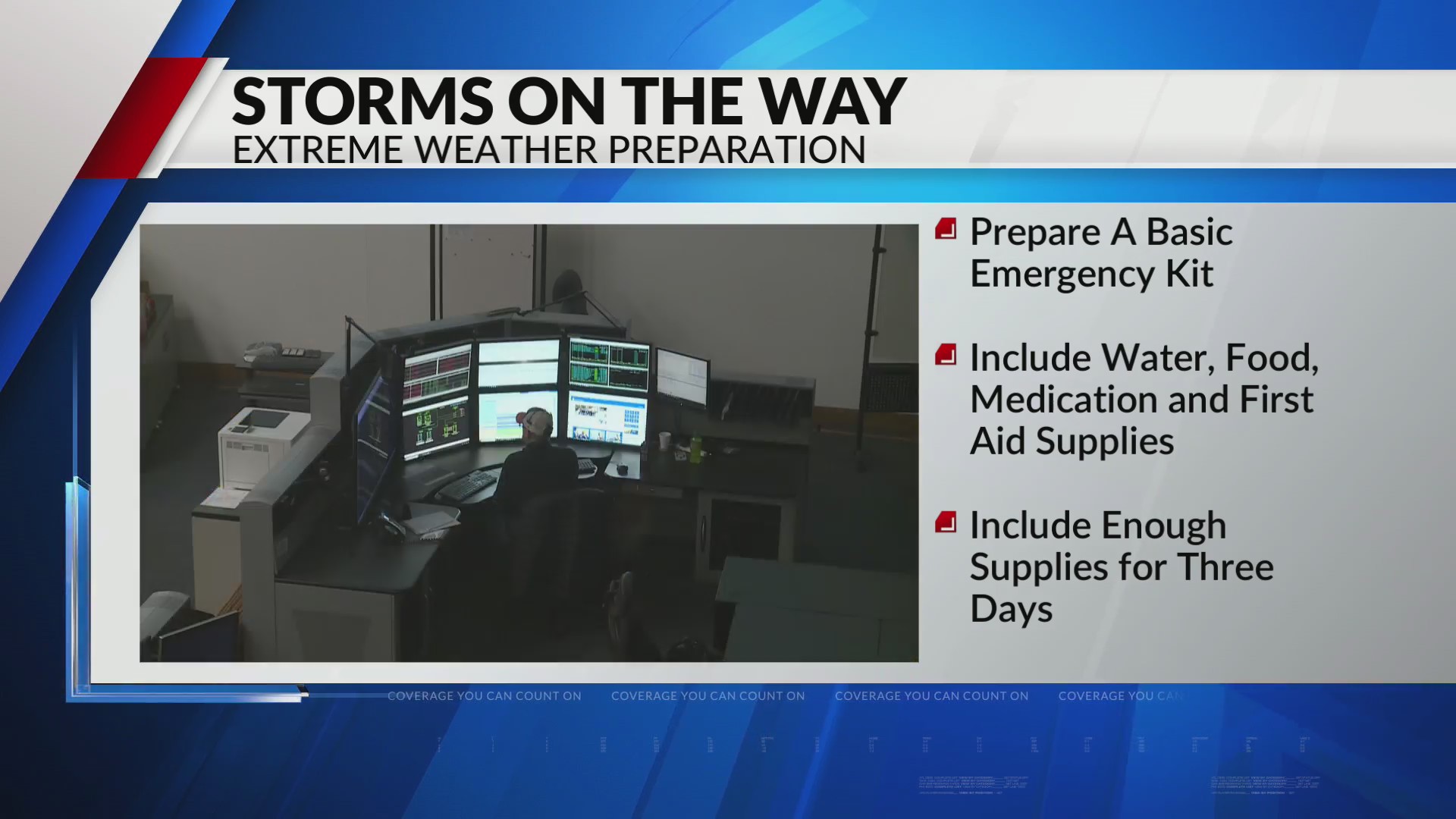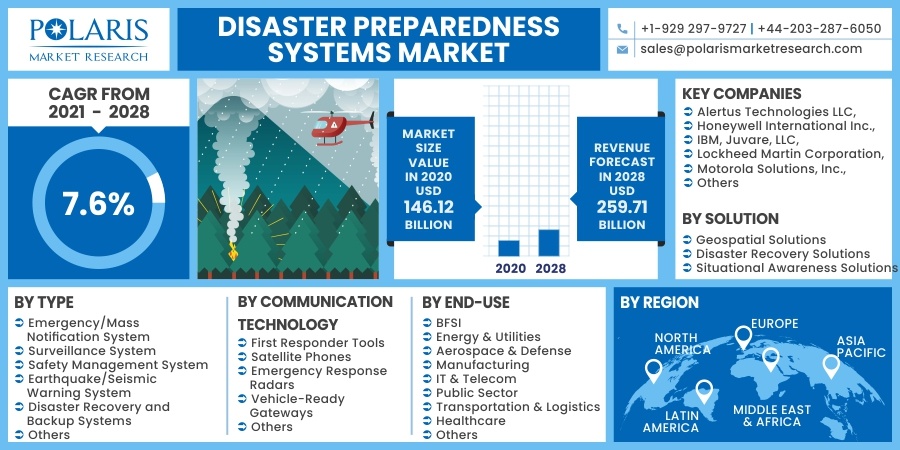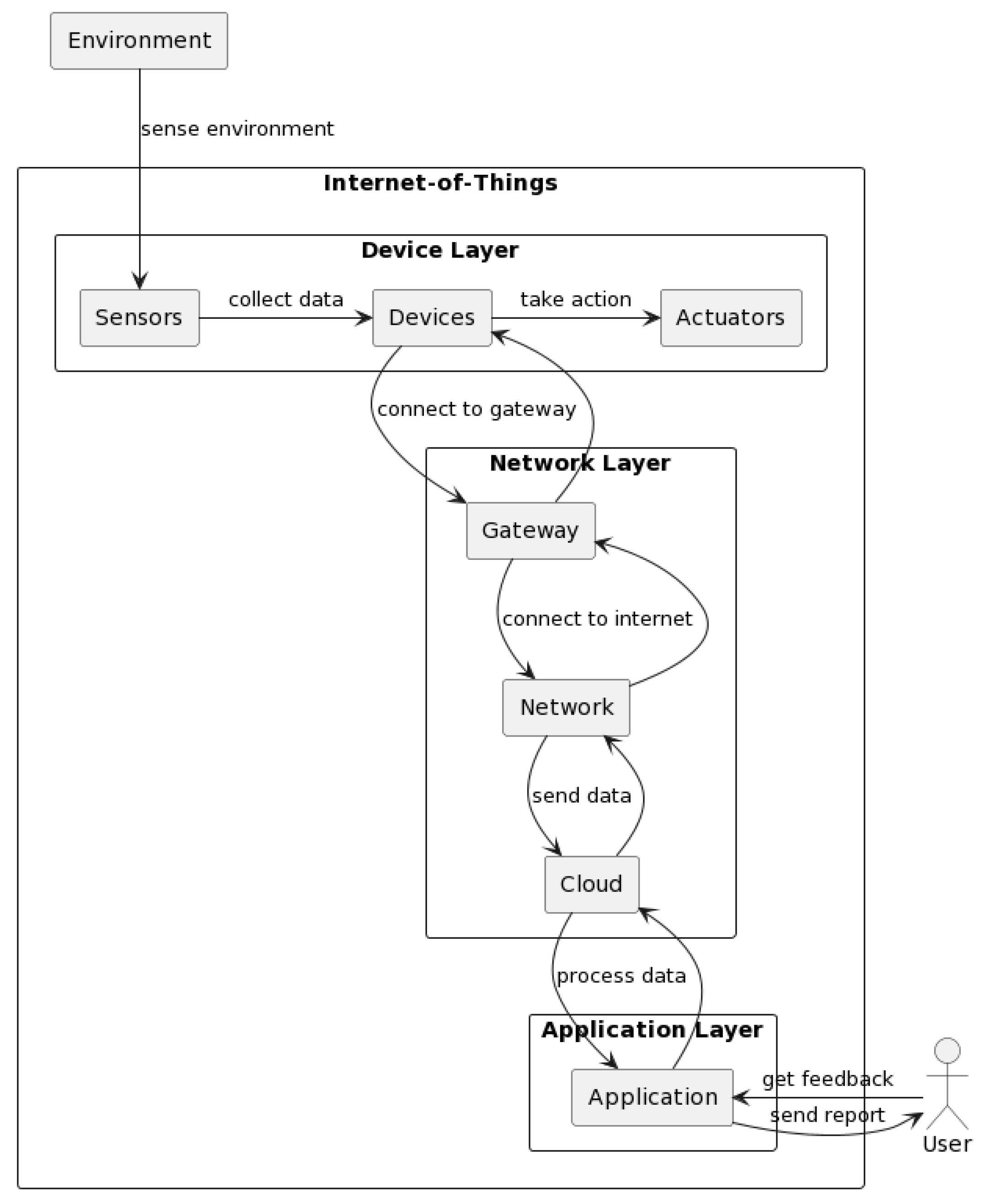
- May 29, 2022
Preparing for the Unexpected: Emergency Tech Solutions You Need to Know
Introduction
In today’s fast-paced world, unexpected emergencies can occur at any time. Whether it’s a natural disaster, a power outage, or a medical emergency, being prepared is crucial. Technology can play a significant role in helping us navigate through these unforeseen situations. In this blog post, we will explore some essential emergency tech solutions that you need to know to ensure your safety and well-being.
The Importance of Emergency Tech Solutions
In today’s fast-paced world, unexpected events can disrupt our lives in an instant. Whether it’s a natural disaster, a power outage, or a cybersecurity breach, being prepared with emergency tech solutions is crucial. These solutions can help us stay connected, informed, and safe during challenging times. In this article, we will explore some essential emergency tech solutions that you need to know.
Backup Power Sources

When facing a power outage, having a reliable backup power source is essential. Investing in a portable generator or uninterruptible power supply (UPS) can keep your devices running, ensuring you have access to critical information and communication. Make sure to choose a power source that suits your needs and provides enough capacity to keep your essential devices powered up.
Mobile Communication
In emergency situations, communication is key. Having a reliable mobile communication plan is vital to stay connected with your loved ones and emergency services. Ensure you have a fully charged smartphone with a backup battery pack. Additionally, consider investing in a satellite phone or a two-way radio for situations where cellular networks may be down or overloaded.
Emergency Apps
There are numerous smartphone apps available that can assist you during emergencies. These apps provide real-time information about weather conditions, emergency alerts, and evacuation routes. Install apps like FEMA, Red Cross, and local emergency management apps to stay informed and receive timely updates. Remember to keep these apps updated to ensure they function properly when needed.
Home Security Systems
Protecting your home during emergencies is crucial. Invest in a reliable home security system that includes features like motion sensors, door/window sensors, and surveillance cameras. These systems can alert you and authorities in case of any suspicious activities or emergencies. Choose a system that offers remote access, allowing you to monitor your home even when you’re away.
Data Backup and Recovery
In the event of a natural disaster or a cybersecurity breach, your data may be at risk. Regularly backing up your important files and documents is essential to ensure their safety.
Summary
Emergencies can catch us off guard, but with the right tech solutions, we can be better prepared to handle them. This blog post will discuss various emergency tech solutions that can assist you in different situations. We will cover topics such as:
- Emergency communication apps and devices
- Backup power sources and portable chargers
- Emergency preparedness mobile apps
- Home security systems and surveillance cameras
- Medical alert systems and wearable devices
By familiarizing yourself with these emergency tech solutions, you can enhance your ability to respond effectively during unexpected events. Stay a knockout post tuned for our upcoming blog posts where we will delve deeper into each of these topics and provide you with valuable insights and recommendations.
- Q: What are emergency tech solutions?
- A: Emergency tech solutions refer to technological tools and strategies that can be used to address unexpected situations or crises effectively.
- Q: Why is it important to prepare for the unexpected?
- A: Being prepared for the unexpected is crucial because it allows individuals and organizations to respond quickly and efficiently in emergency situations, minimizing potential damage or harm.
- Q: What are some essential emergency tech solutions?
- A: Some essential emergency tech solutions include backup power sources, communication tools (such as satellite phones or two-way radios), data backup and recovery systems, and emergency notification systems.
- Q: How can backup power sources help in emergencies?
- A: Backup power sources, such as generators or uninterruptible power supply (UPS) systems, can provide electricity during power outages, ensuring that critical devices and systems remain operational.
- Q: What are data backup and recovery systems?
- A: Data backup and recovery systems involve creating copies of important data and storing them in secure locations. In case of emergencies or data loss, these systems allow for the retrieval and restoration of vital information.
- Q: How do emergency notification systems work?
- A: Emergency notification systems utilize various communication channels (such as text messages, emails, or sirens) to quickly alert individuals about potential dangers or emergency situations, enabling them to take necessary actions.
- Q: Are there any mobile apps that can assist in emergencies?
- A: Yes, there are several mobile apps available that can provide assistance during emergencies, including first aid guides, disaster preparedness tips, and real-time emergency alerts.
- Q: How can I stay updated on emergency alerts and warnings?
- A: To stay updated on emergency alerts and warnings, you can sign up for local emergency notification systems, follow official social media accounts of relevant authorities, or use dedicated emergency alert apps.
- Q: What should I consider when choosing emergency tech solutions?
- A: When choosing emergency tech solutions, consider factors such as reliability, ease of use, compatibility with









